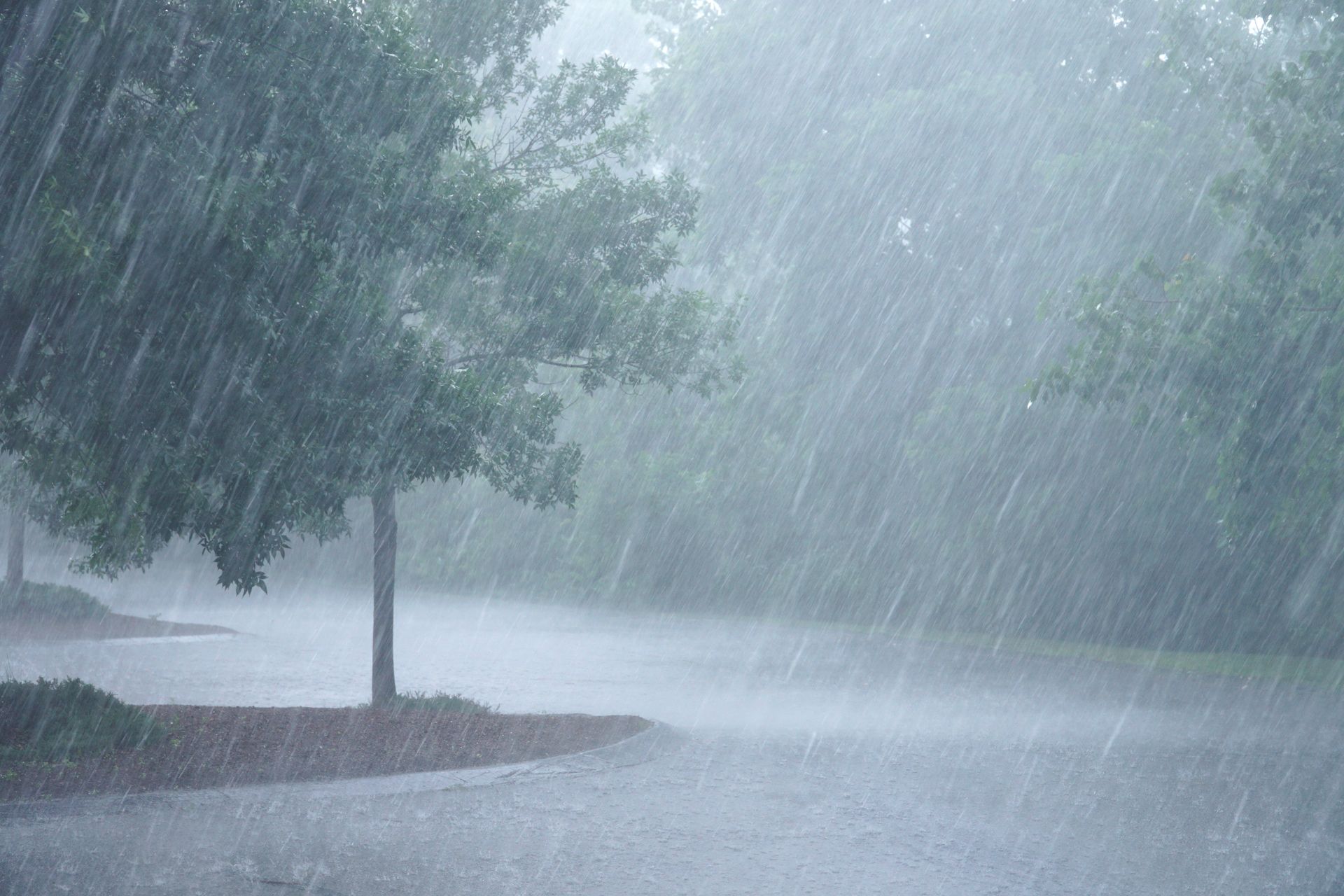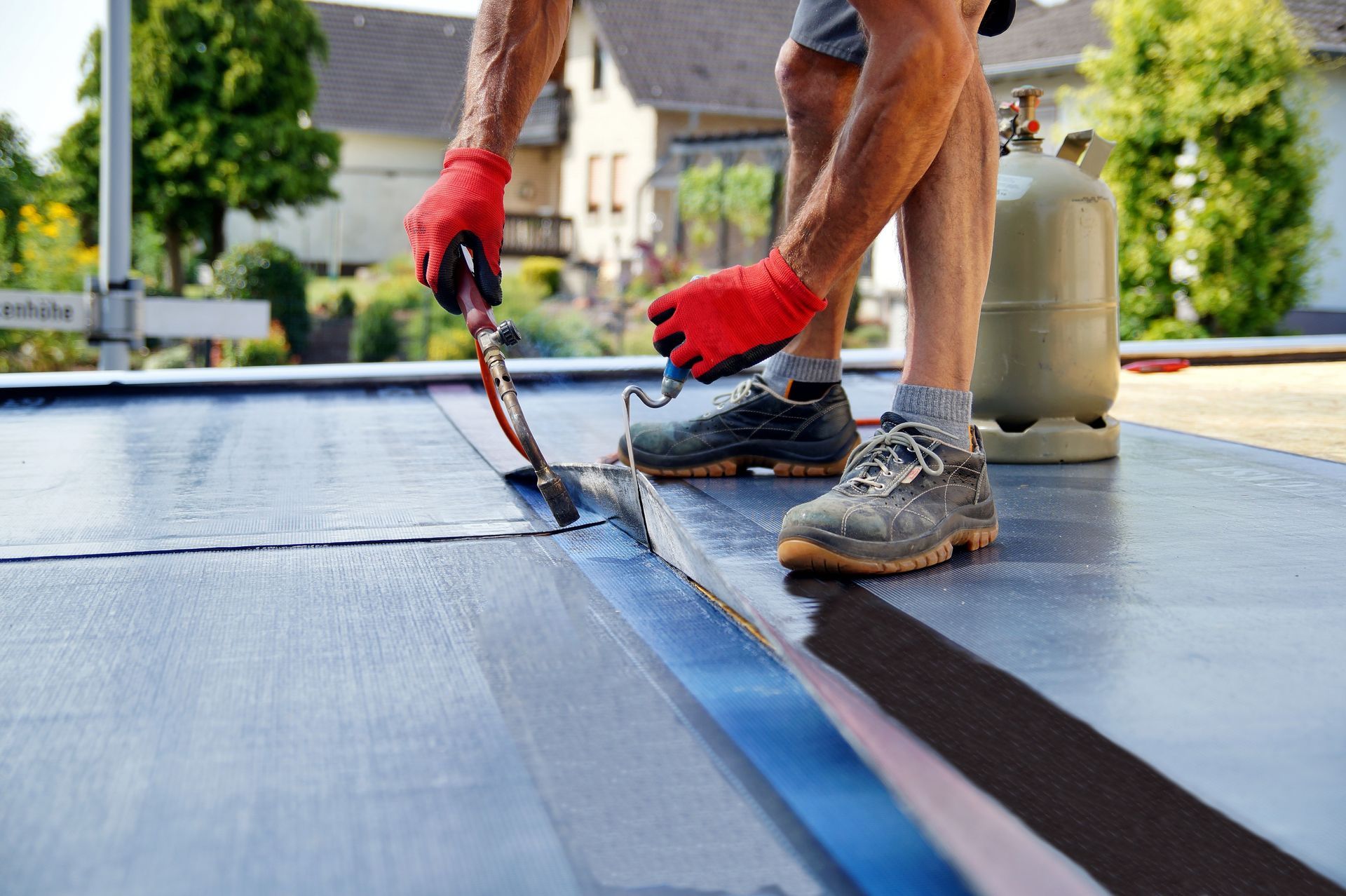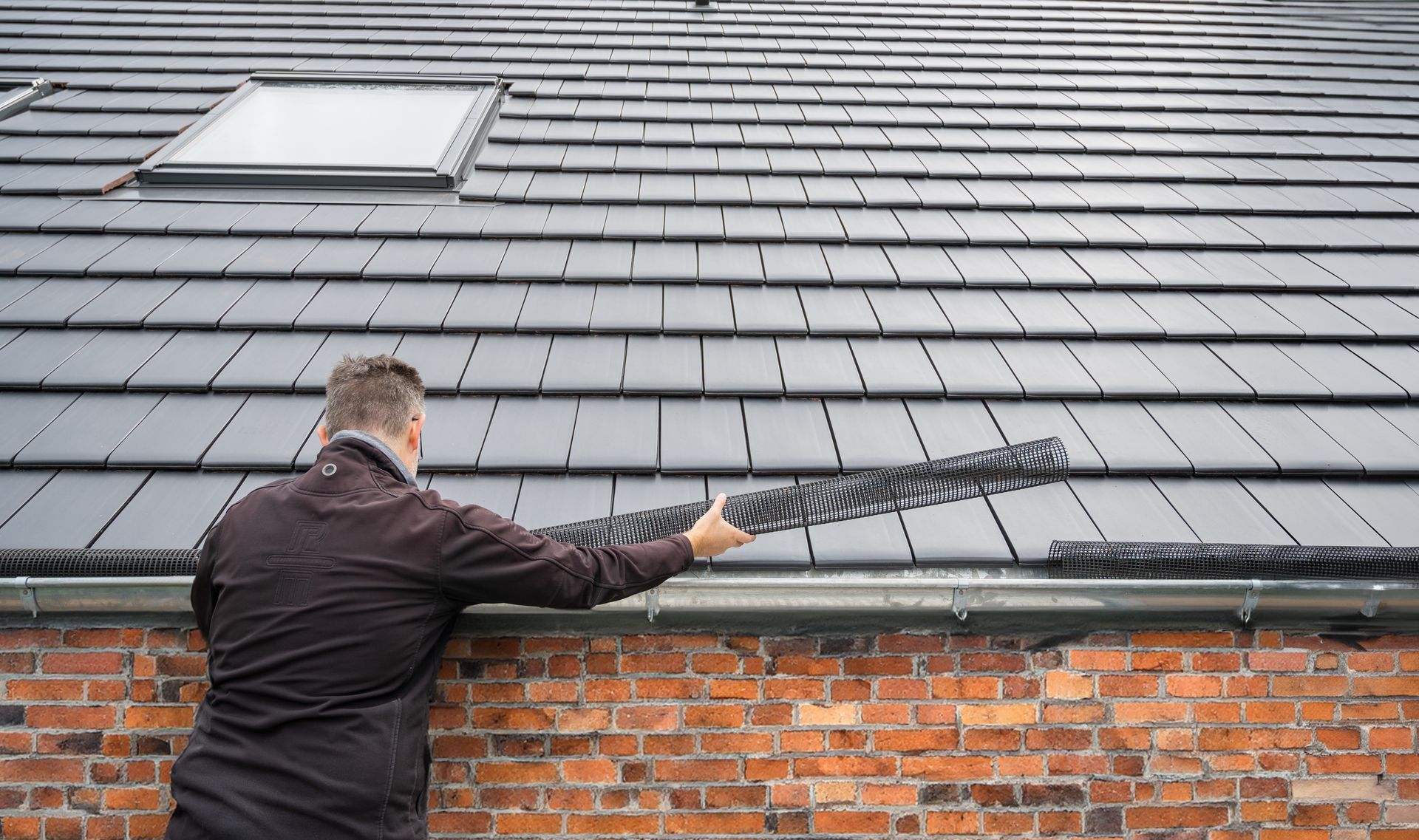Is Your Roof Leaking or Is It Wind-Driven Rain?

When you notice water stains on your ceiling or moisture near a wall, it is easy to assume the roof is to blame. In Seattle’s wet, windy climate, however, the cause is not always that simple. Many leaks that appear to come from the roof are actually the result of wind-driven rain, a phenomenon where strong gusts force rainwater sideways or even upward into places it normally would not go.
What Is Wind-Driven Rain?
Wind-driven rain occurs when gusts of wind change the direction of rainfall, pushing water into vertical or even inverted angles. In a place like Seattle, where storms often arrive from the Pacific with powerful horizontal rain bands, this is a common issue.
When rainwater is carried by high winds, it can penetrate building envelopes in unexpected ways, through soffit vents, window heads, wall joints and even beneath shingles that are otherwise intact. The result is moisture inside your home, even if your roof system is performing exactly as designed.
Common Signs of Wind-Driven Rain Intrusion
Localized Stains on Walls or Ceilings
If you see staining on a vertical surface, such as near a window frame or corner, it may suggest water intrusion through siding or flashing rather than the roof surface itself.
Water Entry After Lateral Rain
If leaks only appear during wind-driven storms but not during steady vertical rain, it likely points to an opening that allows horizontal rain to enter.
Dampness Around Windows or Vents
Wind-driven rain often exploits small gaps in window head flashings, soffit vents or wall claddings. Water can travel behind siding or framing and show up in ceilings or upper walls.
Intermittent Leaks
A roof leak typically worsens over time, while wind-driven leaks can be erratic, appearing in one storm and vanishing the next.
Diagnosing the Source: Roof vs. Wall
The challenge is that both roof and wall systems meet in complex transitions. Pinpointing whether the problem originates above or beside the leak location requires a careful look at how wind and water interact with your building’s design.
Wind Vectors and Water Pathways
During inspection, professionals look at the direction of recent storms to identify how rain may have entered. In Seattle, southwesterly storms often drive water under eaves, around gables or through the uppermost siding joints. The angle of the wind can help determine which building elevations to examine first.
Soffit Intake and Attic Pressure
In high winds, soffit vents can become entry points. Wind pressure may temporarily reverse attic airflow, pulling rainwater inward through vent screens. Once inside, the moisture can travel across insulation or rafters and appear as a “roof leak” even though the shingles are fine.
Window Head Flashings and Cladding Systems
Improper or deteriorated flashings above windows are frequent culprits. When strong winds hit a wall, rain can be forced behind the siding and into the wall cavity. From there, gravity carries the moisture downward, eventually showing up in the ceiling below.
Attic Air Pressure and Moisture Movement
Uneven pressure inside the attic can draw moisture upward or sideways, depending on how the structure ventilates. Understanding air movement helps determine whether water entered from above the roofline or from the wall system.
When It Really Is the Roof
Of course, sometimes a leak is just that: a sign of roof wear or failure. In those cases, you may notice:
- Curling, lifted or missing shingles that expose underlayment.
- Damaged flashing around chimneys or skylights.
- Persistent dripping regardless of wind direction.
- Moisture concentrated along ridgelines or valleys where water naturally flows.
If the roof covering is old or shows visible deterioration, a professional inspection is essential. However, in Seattle, replacing a roof without first verifying the true leak source can lead to frustration when the problem persists after new shingles are installed.
How Professionals Diagnose the Problem
A licensed roofing and building envelope contractor can perform a leak inspection to trace the path of water. This may include:
- Simulated rain tests using controlled water spray and visual tracing to determine the water’s path.
- Examining soffit, fascia and flashing joints for telltale staining or corrosion.
- Checking attic insulation and sheathing for localized wet spots that align with wall or vent entry points.
Preventing Future Wind-Driven Rain Intrusion
Once the source is identified, prevention focuses on sealing vulnerable junctions and maintaining proper airflow.
- Keep soffit and ridge vents clean but covered with fine mesh to block water intrusion.
- Inspect flashing and caulking around windows, skylights and wall penetrations annually.
- Replace aging sealants with flexible, UV-resistant materials designed for coastal climates.
- Schedule routine roof maintenance to catch small issues before they grow.
Find the Source of Your Wind-Driven Rain Leaks in Seattle & Puget Sound
Chet’s Roofing & Construction specializes in diagnosing complex moisture problems unique to Seattle’s climate. Contact us at (877) 611-1514 to schedule a detailed inspection and discover why homeowners throughout Seattle trust our experts to handle roof leak repair.



